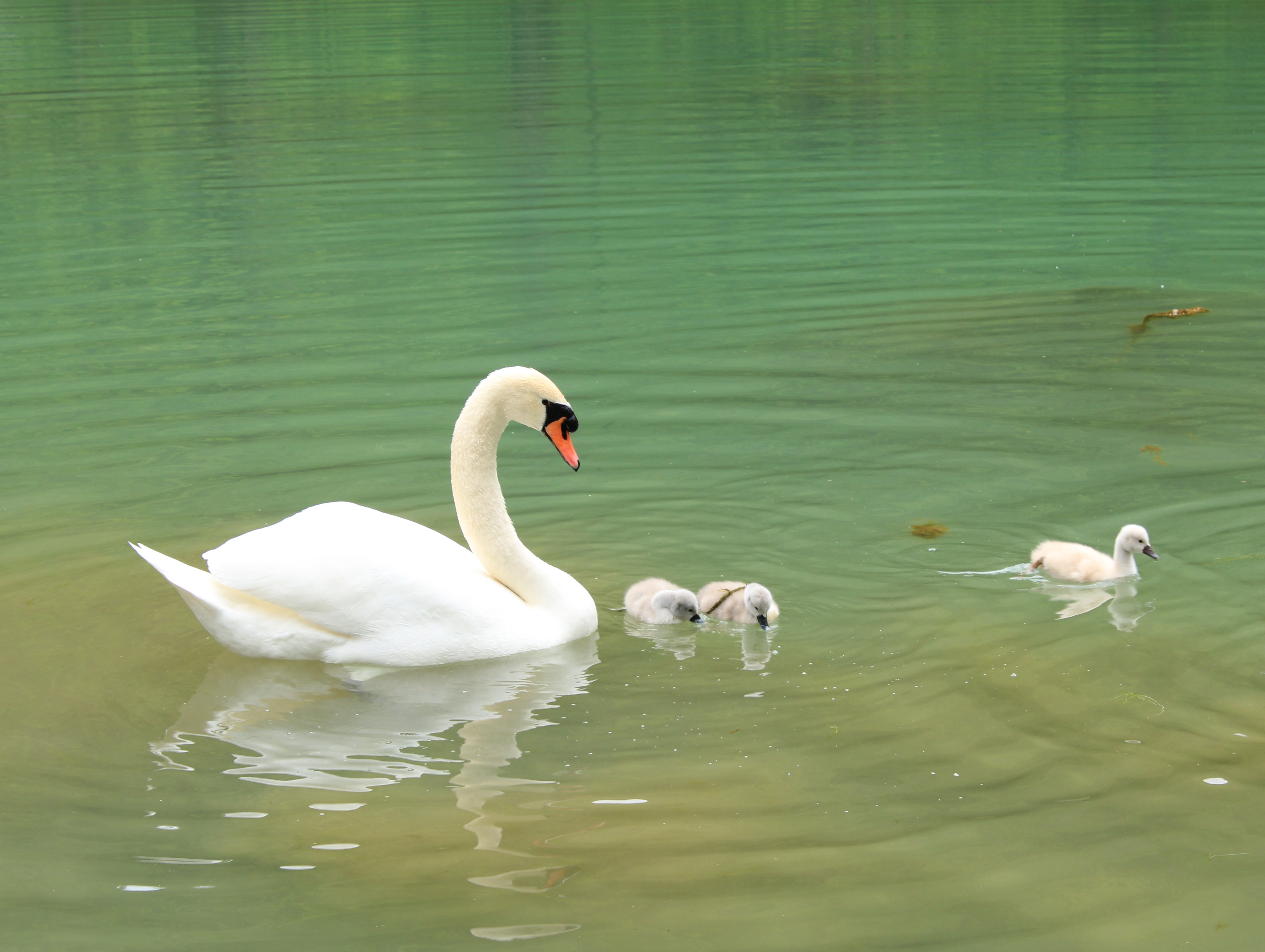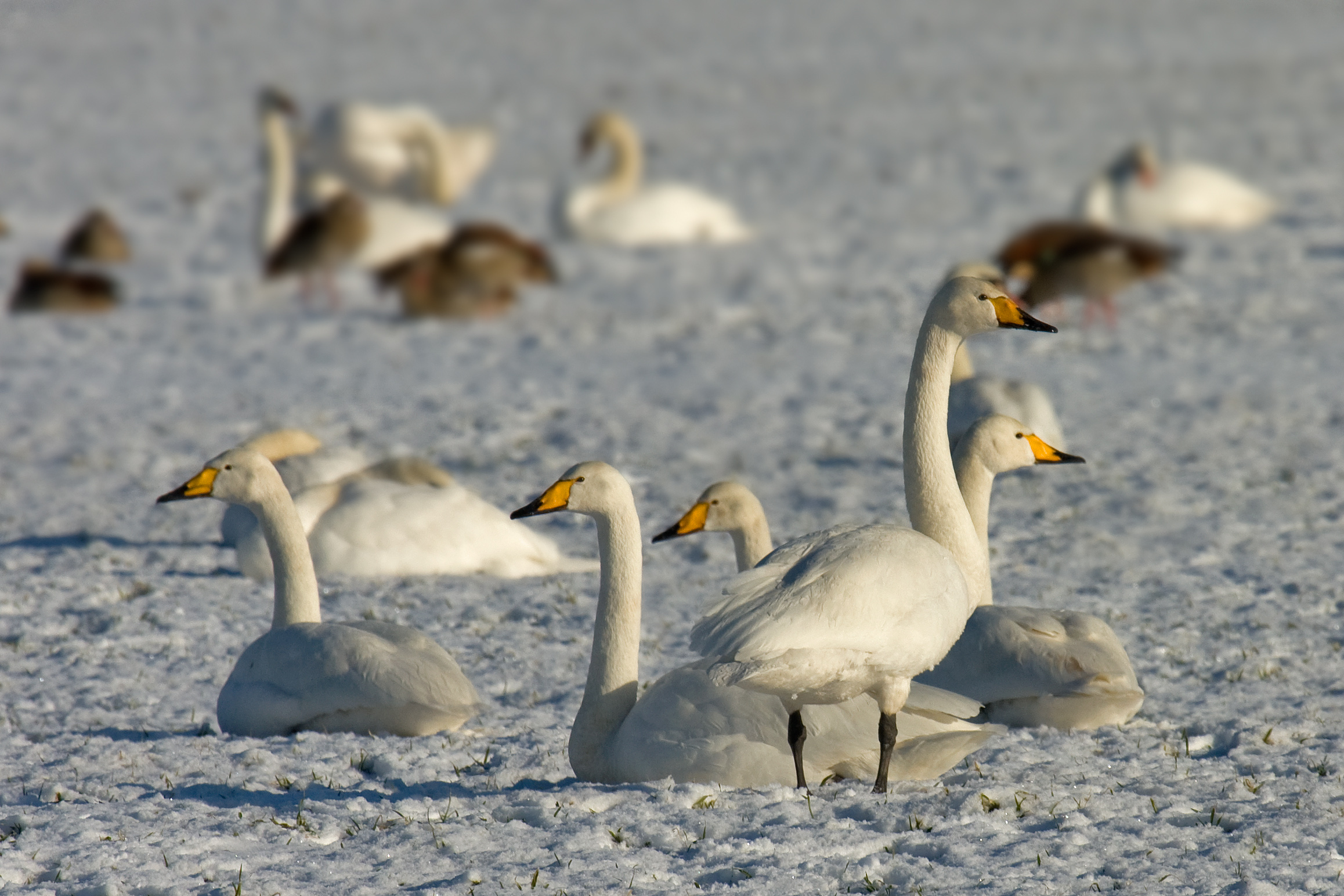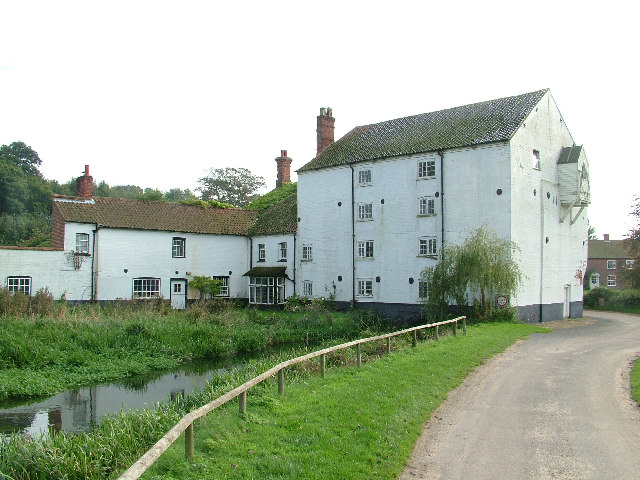|
Swan Pit
A swan pit is a water-filled enclosure where swans were fattened and eventually killed for human consumption. History From the medieval period swans were kept in ponds and were a source of income and made acceptable gifts. Selected wild cygnets had their wings clipped and bills cut into a distinctive pattern bearing the owner's mark. An example of a swan pit can be found within the grounds of the Great Hospital, Norwich. The Grade II listed Retrieved 19 November 2010 tidal pool was built in the 18th century and is fed with water from the adjacent River Wensum
[...More Info...] [...Related Items...] OR: [Wikipedia] [Google] [Baidu] |
Enclosure
Enclosure or inclosure is a term, used in English landownership, that refers to the appropriation of "waste" or "common land", enclosing it, and by doing so depriving commoners of their traditional rights of access and usage. Agreements to enclose land could be either through a formal or informal process. The process could normally be accomplished in three ways. First there was the creation of "closes", taken out of larger common fields by their owners. Secondly, there was enclosure by proprietors, owners who acted together, usually small farmers or squires, leading to the enclosure of whole parishes. Finally there were inclosure act, enclosures by acts of Parliament. The stated justification for enclosure was to improve the efficiency of agriculture. However, there were other motives too, one example being that the value of the land enclosed would be substantially increased. There were social consequences to the policy, with many protests at the removal of rights from the comm ... [...More Info...] [...Related Items...] OR: [Wikipedia] [Google] [Baidu] |
Swan
Swans are birds of the genus ''Cygnus'' within the family Anatidae. The swans' closest relatives include the goose, geese and ducks. Swans are grouped with the closely related geese in the subfamily Anserinae where they form the tribe (biology), tribe Cygnini. Sometimes, they are considered a distinct subfamily, Cygninae. They are the largest Anseriformes, waterfowl and are often among the largest Bird flight, flighted birds in their range. There are six living and many extinct species of swan; in addition, there is a species known as the coscoroba swan which is no longer considered one of the true swans. Swans usually mate for life, although separation sometimes occurs, particularly following nesting failure, and if a mate dies, the remaining swan will take up with another. The number of bird egg, eggs in each :wikt:clutch, clutch ranges from three to eight. Taxonomy and terminology The genus ''Cygnus'' was introduced in 1764 by the French naturalist François Alexandre Pier ... [...More Info...] [...Related Items...] OR: [Wikipedia] [Google] [Baidu] |
Swan Pit Norwich
Swans are birds of the genus ''Cygnus'' within the family Anatidae. The swans' closest relatives include the geese and ducks. Swans are grouped with the closely related geese in the subfamily Anserinae where they form the tribe Cygnini. Sometimes, they are considered a distinct subfamily, Cygninae. They are the largest waterfowl and are often among the largest flighted birds in their range. There are six living and many extinct species of swan; in addition, there is a species known as the coscoroba swan which is no longer considered one of the true swans. Swans usually mate for life, although separation sometimes occurs, particularly following nesting failure, and if a mate dies, the remaining swan will take up with another. The number of eggs in each clutch ranges from three to eight. Taxonomy and terminology The genus ''Cygnus'' was introduced in 1764 by the French naturalist François Alexandre Pierre de Garsault. The English word ''swan'', akin to the German , Dutch an ... [...More Info...] [...Related Items...] OR: [Wikipedia] [Google] [Baidu] |
Medieval Period
In the history of Europe, the Middle Ages or medieval period lasted approximately from the 5th to the late 15th centuries, similarly to the post-classical period of World history (field), global history. It began with the fall of the Western Roman Empire and transitioned into the Renaissance and the Age of Discovery. The Middle Ages is the middle period of the three traditional divisions of Western history: classical antiquity, the medieval period, and the modern period. The medieval period is itself subdivided into the Early Middle Ages, Early, High Middle Ages, High, and Late Middle Ages. Population decline, counterurbanisation, the collapse of centralised authority, invasions, and mass migrations of tribes, which had begun in late antiquity, continued into the Early Middle Ages. The large-scale movements of the Migration Period, including various Germanic peoples, formed new kingdoms in what remained of the Western Roman Empire. In the 7th century, North Africa and the ... [...More Info...] [...Related Items...] OR: [Wikipedia] [Google] [Baidu] |
Swan
Swans are birds of the genus ''Cygnus'' within the family Anatidae. The swans' closest relatives include the goose, geese and ducks. Swans are grouped with the closely related geese in the subfamily Anserinae where they form the tribe (biology), tribe Cygnini. Sometimes, they are considered a distinct subfamily, Cygninae. They are the largest Anseriformes, waterfowl and are often among the largest Bird flight, flighted birds in their range. There are six living and many extinct species of swan; in addition, there is a species known as the coscoroba swan which is no longer considered one of the true swans. Swans usually mate for life, although separation sometimes occurs, particularly following nesting failure, and if a mate dies, the remaining swan will take up with another. The number of bird egg, eggs in each :wikt:clutch, clutch ranges from three to eight. Taxonomy and terminology The genus ''Cygnus'' was introduced in 1764 by the French naturalist François Alexandre Pier ... [...More Info...] [...Related Items...] OR: [Wikipedia] [Google] [Baidu] |
Great Hospital
The Great Hospital is a medieval hospital that has been serving the people of Norwich in Norfolk, UK, since the 13th century. It is situated on a site in a bend of the River Wensum to the north-east of Norwich Cathedral. Founded in 1249 by Bishop Walter de Suffield, the hospital was originally known as Giles's Hospital. What makes the hospital notable today is its history of continuous care, the range of existing medieval buildings on the hospital grounds (most of which are still in use), and the extensive archives that record the hospital's long history. History The original beneficiaries of the new hospital in 1249 were aged priests, poor scholars, and sick and hungry paupers. Clerics remained unmarried in this period, so they had no family to support them in old age. The poor scholars, boys selected on merit from local song schools, were to receive a daily meal during term times. This was to continue until the boy had achieved a good grasp of Latin. With this help, bright ... [...More Info...] [...Related Items...] OR: [Wikipedia] [Google] [Baidu] |
Norwich
Norwich () is a cathedral city and district of the county of Norfolk, England, of which it is the county town. It lies by the River Wensum, about north-east of London, north of Ipswich and east of Peterborough. The population of the Norwich City Council local authority area was estimated to be 144,000 in 2021, which was an increase from 143,135 in 2019. The wider Norwich List of urban areas in the United Kingdom, built-up area had a population of 213,166 at the 2011 census. As the seat of the Episcopal see, See of Norwich, the city has one of the country's largest medieval cathedrals. For much of the second millennium, from medieval to just before Industrial Revolution, industrial times, Norwich was one of the most prosperous and largest towns of England; at one point, it was List of towns and cities in England by historical population, second only to London. Today, it is the largest settlement in East Anglia. Heritage and status Norwich claims to be the most complete medie ... [...More Info...] [...Related Items...] OR: [Wikipedia] [Google] [Baidu] |
Listed Building
In the United Kingdom, a listed building is a structure of particular architectural or historic interest deserving of special protection. Such buildings are placed on one of the four statutory lists maintained by Historic England in England, Historic Environment Scotland in Scotland, in Wales, and the Historic Environment Division of the Department for Communities in Northern Ireland. The classification schemes differ between England and Wales, Scotland, and Northern Ireland (see sections below). The term has also been used in the Republic of Ireland, where buildings are protected under the Planning and Development Act 2000, although the statutory term in Ireland is "Record of Protected Structures, protected structure". A listed building may not be demolished, extended, or altered without permission from the local planning authority, which typically consults the relevant central government agency. In England and Wales, a national amenity society must be notified of any work to ... [...More Info...] [...Related Items...] OR: [Wikipedia] [Google] [Baidu] |
Tide
Tides are the rise and fall of sea levels caused by the combined effects of the gravitational forces exerted by the Moon (and to a much lesser extent, the Sun) and are also caused by the Earth and Moon orbiting one another. Tide tables can be used for any given locale to find the predicted times and amplitude (or " tidal range"). The predictions are influenced by many factors including the alignment of the Sun and Moon, the phase and amplitude of the tide (pattern of tides in the deep ocean), the amphidromic systems of the oceans, and the shape of the coastline and near-shore bathymetry (see '' Timing''). They are however only predictions, the actual time and height of the tide is affected by wind and atmospheric pressure. Many shorelines experience semi-diurnal tides—two nearly equal high and low tides each day. Other locations have a diurnal tide—one high and low tide each day. A "mixed tide"—two uneven magnitude tides a day—is a third regular category. ... [...More Info...] [...Related Items...] OR: [Wikipedia] [Google] [Baidu] |
River Wensum
The River Wensum is a chalk river in Norfolk, England, Norfolk, England and a tributary of the River Yare, despite being the larger of the two rivers. The river is a biological Site of Special Scientific Interest and Special Area of Conservation. The Wensum is the principal river on which the city of Norwich was founded. The river passes Carrow Road, the home of Norwich City F.C.; one end of the ground was originally named ''The River End'' in its honour, a name that still persists among fans. Etymology The river receives its name from the Old English adjective ''wandsum'' or ''wendsum'', meaning "winding". Course Modern Ordnance Survey Maps list the source of the Wensum as lying between the villages of Colkirk and Whissonsett in northwest Norfolk. The reasoning behind this claim is unknown given that other tributaries are further from the mouth; pre-modern maps and other written sources refer to the source to be in West Rudham from springs arising on the aptly named Wensum ... [...More Info...] [...Related Items...] OR: [Wikipedia] [Google] [Baidu] |
Swans
Swans are birds of the genus ''Cygnus'' within the family Anatidae. The swans' closest relatives include the geese and ducks. Swans are grouped with the closely related geese in the subfamily Anserinae where they form the tribe Cygnini. Sometimes, they are considered a distinct subfamily, Cygninae. They are the largest waterfowl and are often among the largest flighted birds in their range. There are six living and many extinct species of swan; in addition, there is a species known as the coscoroba swan which is no longer considered one of the true swans. Swans usually mate for life, although separation sometimes occurs, particularly following nesting failure, and if a mate dies, the remaining swan will take up with another. The number of eggs in each clutch ranges from three to eight. Taxonomy and terminology The genus ''Cygnus'' was introduced in 1764 by the French naturalist François Alexandre Pierre de Garsault. The English word ''swan'', akin to the German , Dutch an ... [...More Info...] [...Related Items...] OR: [Wikipedia] [Google] [Baidu] |
Buildings And Structures Used To Confine Animals
A building or edifice is an enclosed structure with a roof, walls and windows, usually standing permanently in one place, such as a house or factory. Buildings come in a variety of sizes, shapes, and functions, and have been adapted throughout history for numerous factors, from building materials available, to weather conditions, land prices, ground conditions, specific uses, prestige, and aesthetic reasons. To better understand the concept, see '' Nonbuilding structure'' for contrast. Buildings serve several societal needs – occupancy, primarily as shelter from weather, security, living space, privacy, to store belongings, and to comfortably live and work. A building as a shelter represents a physical separation of the human habitat (a place of comfort and safety) from the ''outside'' (a place that may be harsh and harmful at times). buildings have been objects or canvasses of much artistic expression. In recent years, interest in sustainable planning and bui ... [...More Info...] [...Related Items...] OR: [Wikipedia] [Google] [Baidu] |








